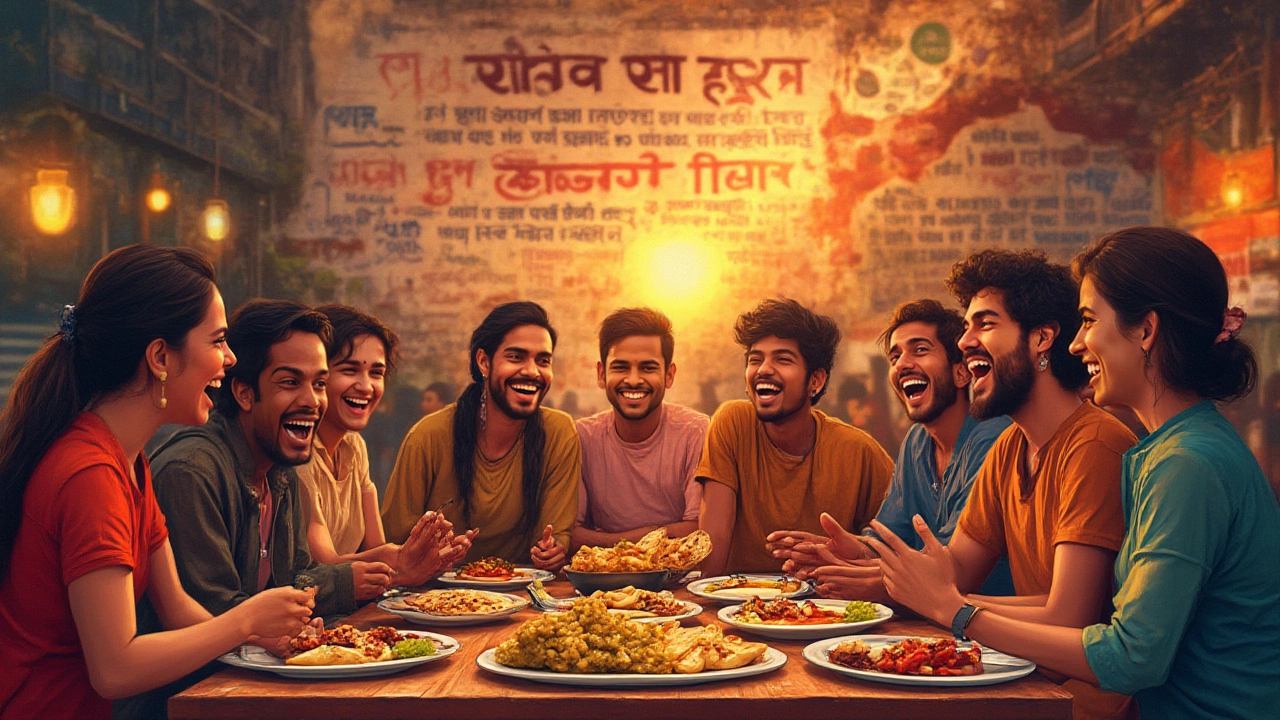Indian Food Lingo: What Everyday Words Really Mean
If you’ve ever watched an Indian cooking show or chatted with a friend about "dal" or "tandoori," you know the language can feel like a secret code. Don’t worry – you don’t need a culinary degree to get it. Below are the words you’ll hear most, what they actually refer to, and quick tips on tossing them into conversation.
Everyday Words You’ll Hear
Dal – This isn’t a single dish but a family of lentil soups. It can be yellow moong, red toor, or green masoor. When someone says “I’m making dal,” they’re usually talking about a spiced, simmered lentil stew that pairs with rice or roti.
Tandoori – Anything cooked in a tandoor (a clay oven) gets the tandoori label. The classic example is tandoori chicken, which is marinated in yogurt and spices, then grilled at high heat. It’s not fried; it’s smoky and charred.
Chutney – Think of chutney as a side sauce that can be sweet, tangy, or spicy. Coconut chutney, mint‑coriander chutney, and tamarind chutney each bring a different flavor profile to a meal. The texture can be smooth or chunky, depending on the recipe.
Paneer – This is Indian cottage cheese, firm enough to be cut into cubes. It’s milky, mild, and doesn’t melt, making it perfect for curries like paneer tikka or paneer butter masala.
Biryani – A layered rice dish with meat or vegetables, cooked with aromatic spices. The key is the “dum” method – sealing the pot so steam cooks everything evenly. The result is fragrant, slightly oily rice that’s never mushy.
Masala – Simply put, masala means “spice mix.” You’ll hear it in names like “garam masala” (a warm, toasted blend) or “chicken masala” (a sauce that’s already spiced). It signals a dish is heavily seasoned.
How to Use the Terms in Conversation
When you’re at a restaurant, ordering “a side of mango chutney” tells the server you want a sweet, tangy condiment, not a pickle. If you ask for “extra paneer,” you’ll get more of that soft cheese to boost protein.
Talking with friends about “the perfect biryani” can spark a debate over rice type – basmati vs. sona masoori – or the right amount of saffron. It’s a great ice‑breaker if you’re new to Indian food.
If you’re cooking at home, saying you’re making “dal tadka” signals you’ll finish the lentil base with a hot oil‑spice splash (tadka) for extra aroma. That little step makes a huge flavor difference.
Remember, Indian food lingo isn’t a strict rulebook. People use words loosely – “tandoori” might appear on a grill‑cooked piece in a fast‑food setting, and “masala” can refer to any spiced sauce. The best way to learn is to listen, taste, and ask what you don’t get.
So next time you hear “dal,” “tandoori,” or “biryani,” you’ll know exactly what’s being talked about and can join the conversation with confidence. Happy cooking and enjoy the rich, tasty world of Indian food terms!
Indian Curry Slang: Fun Nicknames and Popular Lingo Explained
Curious about the funny and catchy slang for Indian curry? Discover cheeky nicknames, quirky history, and fascinating facts used by curry lovers worldwide.
